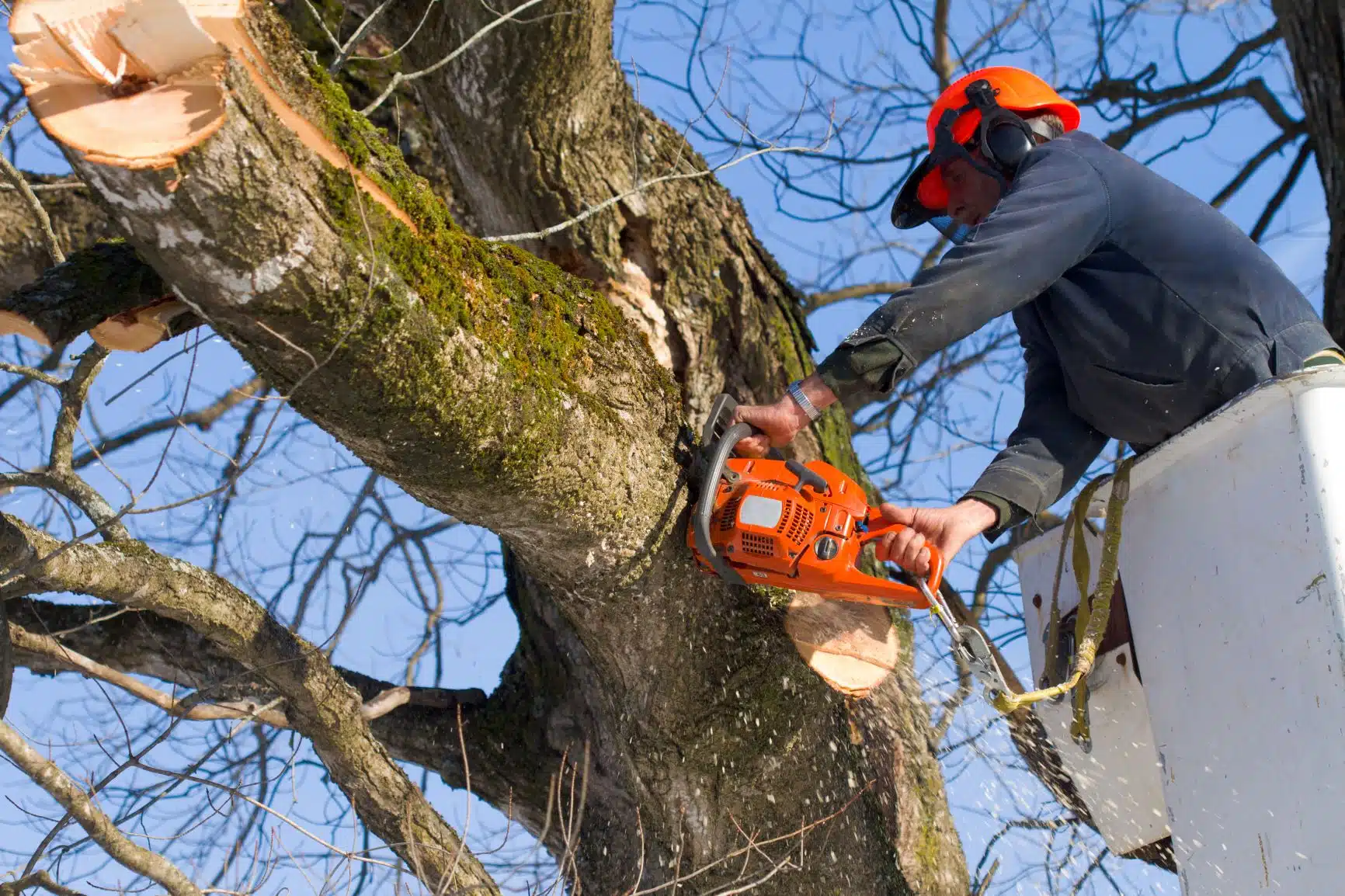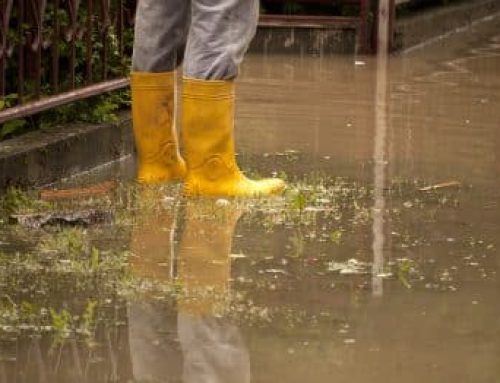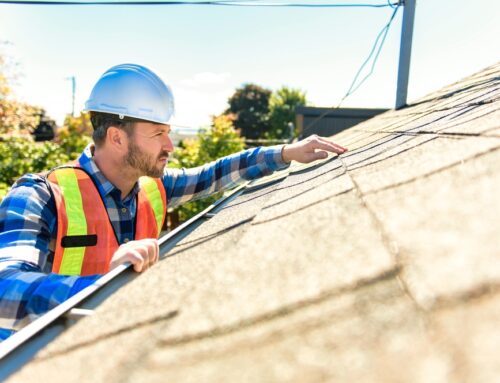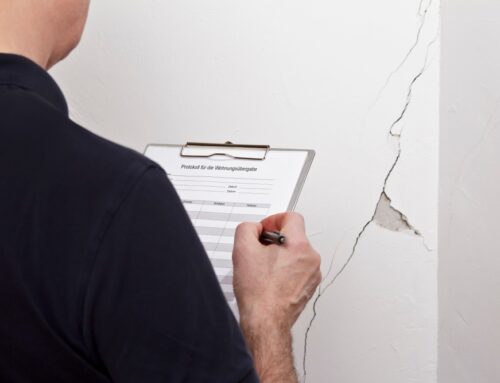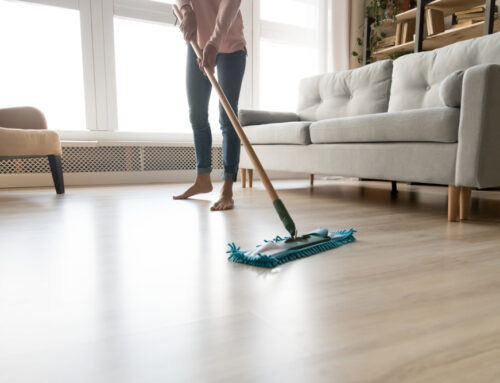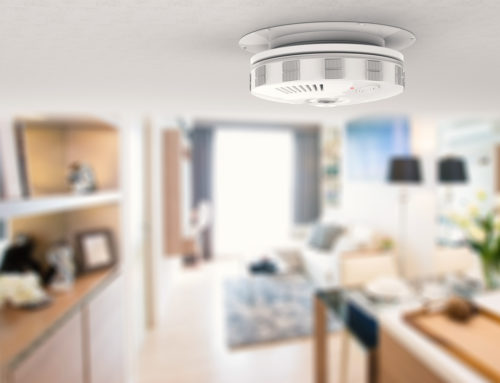It’s easy to take tree health for granted. We assume our trees will always remain standing and won’t require any maintenance. However, costly problems can sneak up on you if you don’t include tree inspection as an item on your regular maintenance checklists. What signs indicate your trees may not be perfectly healthy? Here are five main ailments to look for:
Trunk Damage
Peeling bark or gaping wounds in the trunk are both indicators of structural weakness. Vertical cracks may indicate structural damage to the trunk and greatly affect the likelihood of your tree’s survival. Also, check the bark; when a tree ages, old bark will fall off on its own and eventually be replaced by a new layer of bark if the tree is healthy. If new bark doesn’t reappear and areas of smooth wood remain, this can be an indicator your tree’s health is on the decline.
Bare Branches
If your tree’s leaves don’t come back in the spring or they begin to fall before autumn arrives, it could be a sign of disease or lack of moisture. On dead branches of deciduous trees (trees that shed their leaves annually), dead leaves will cling well into the winter instead of dropping to the ground as they would on a healthy tree. Dead branches relegated to one side of a tree can also indicate serious trunk and root damage. Lastly, watch for cracked stems or branch forks; tight, V-shaped forks are more prone to failure than open U-shaped ones.
Damaged Roots
Roots can run deep underground, and damage isn’t always visible. One serious sign of root damage is a sudden and noticeable lean to the tree. Another signal is small branches sprouting from the trunk at the base of the tree. This branching is known as epicormic shoots and these can represent that the tree is under severe stress. Heaving soil at the tree base is another potential sign of an unsound root system.
Fungus
Large fungus, called shelf or bracket fungus or “wood conchs”, on the trunk or branch of a tree can indicate that your tree is experiencing internal rot and anything beyond the fungus may be dead or dying. Mushrooms may also grow in areas just above the root system, which can be an indicator of root decay. Watch for clusters of mushrooms growing around the base of the tree, but even mushrooms growing in your lawn could be helping decompose an already dying root system.
Location
Trees may be damaged during construction, so be careful not to run over roots or damage branches with large equipment, like a backhoe. If other trees are removed from the area, a tree may experience an increase in its exposure to sun and wind, which can be detrimental to its health. Trees’ health can also be compromised by poor drainage in the yard; too much water could actually be a bad thing.
4 Costly Problems Caused by Dying Trees
Dead trees may become an eyesore that detracts from your property’s curb appeal, but the problems a dead tree can cause go far beyond looks. What other issues can they cause?
- Dead trees or branches can fall without warning, causing property damage or serious injury to tenants, their guests or a passer-by.
- Healthy trees can be jeopardized by diseased or insect-infected trees on the property.
- Dead trees may attract creatures, such as termites, rats, and insects to take up residence in your property.
- Dying, leaning trees can unexpectedly fall on power lines, cars, and even pedestrians adjacent to or simply passing by your property.
Did you know?
- A few tree species have brittle wood that makes them more susceptible to damage in a storm: Chinese elm, silver maple, boxelder, various poplars, and Bradford pears.
- A tree’s roots are crucial to its overall health. Damaging them can create points of entry for pathogens, reduce their ability to take up nutrients and water, and endanger their structural support, increasing the risk of it toppling onto your property in a storm.
- Trees are living things that change over time. It’s important to check them at least once a year. A tree that was healthy and survived the last storm isn’t guaranteed to survive the next one.
Hiring a Professional is Best
If you notice any signs of trouble with your trees, be sure to consult a professional, especially one that’s been certified by either the International Society of Arboriculture (ISA) or the Tree Care Industry Association (TCIA). Both organizations have accreditation programs, adhere to a code of ethics, and require prior experience in the field of arboriculture.
Be sure that any professional you hire has the appropriate liability insurance in place. You could be opening yourself to a large exposure of unnecessary risk that could cost you thousands or even tens of thousands if your contractors do not have coverage for their workmanship or injuries to their workers. Tree trimming can be very dangerous, so call someone who is experienced and properly protected.
To find an arborist in your area, call TCIA at 1-800-733-2622 or run a ZIP code search on treecaretips.org. ISA-certified arborists can be found through a search tool at isa-arbor.com.

